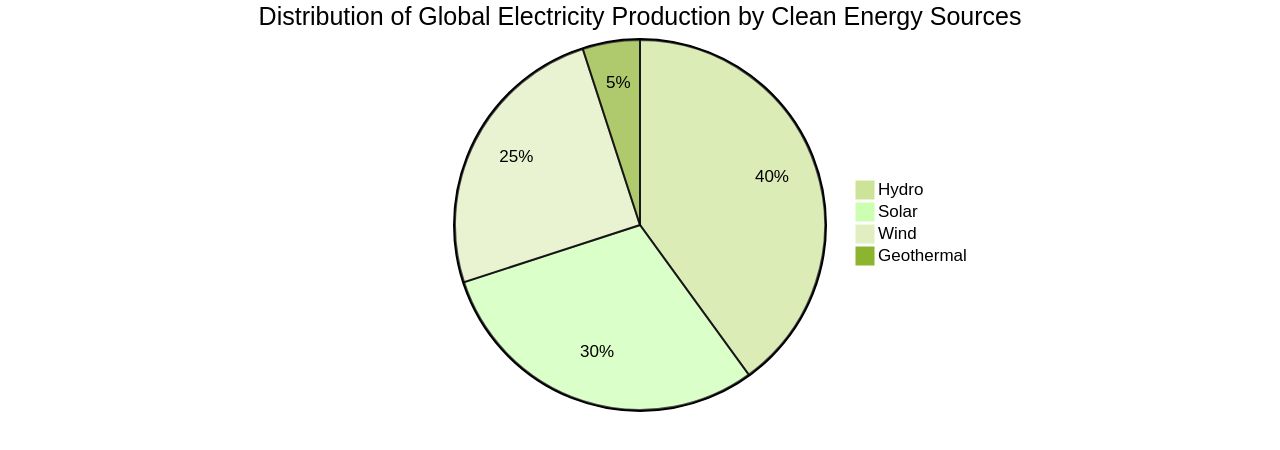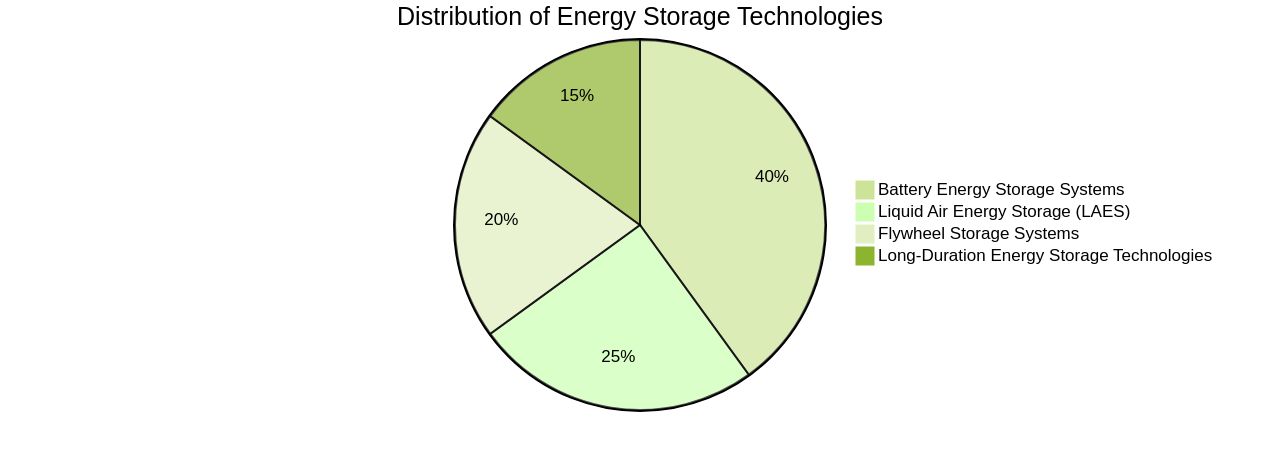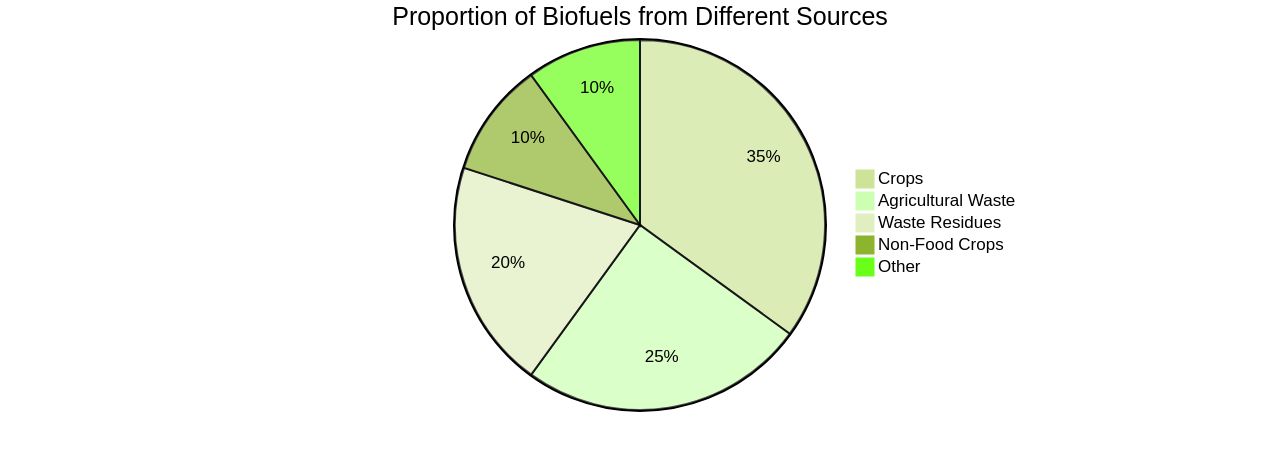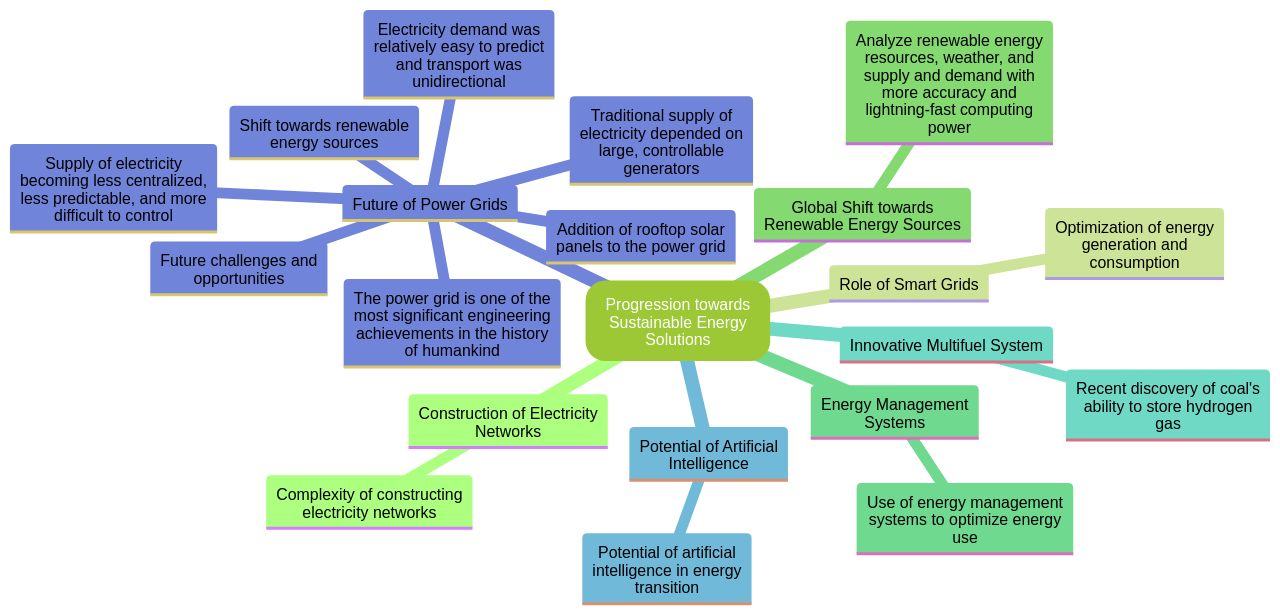Introduction
The energy industry is undergoing a monumental transformation as sustainable energy and fuel technologies take center stage. In this article, we will delve into the advancements in renewable energy sources, energy storage and grid integration, biofuels and alternative fuels, and smart grid and energy management systems.
From harnessing solar and wind power to revolutionizing the biofuel industry, these innovations are driving us towards a greener and more sustainable future. Join us as we explore the technical insights and analysis of the renewable fuels industry.
Advancements in Sustainable Energy & Fuels
The energy industry is witnessing a seismic shift with the advent of sustainable energy and fuel technologies. These innovations are crucial to the reshaping of the sector and the pursuit of a greener, more sustainable future.
ENGIE's Power-to-Hydrogen-to-Power demonstrator exemplifies this change. This technology harnesses renewable energy to generate green hydrogen, which can be stored and converted back into electricity during periods of low solar or wind activity.
This approach is instrumental in decarbonizing industrial sites and ensuring a stable electricity supply from renewable sources. Regarding transportation, a shift towards Sustainable Aviation Fuels (SAFs), renewable methanol, and synthetic natural gas is occurring.
These sustainable fuels are emerging as viable alternatives to fossil fuels, with demand expected to rise, particularly in road transport. One of the key players in this transformation is Unifuel.tech.
Their innovative Flexiforming technology allows operators to control their decarbonization pace, offering a solution that can be deployed in an idle hydrotreater or reformer, thus reducing capex and carbon intensity. This agile response to the decarbonization challenge is a significant step towards achieving net-zero emissions. Moreover, technologies that capture and convert CO2 into sustainable fuels are gaining momentum. A notable example is a solar-powered reactor developed by the University of Cambridge, which can convert captured CO2 and plastic waste into sustainable fuels and valuable chemical products. Achieving net-zero emissions remains a challenging goal, with the journey from lab to market often fraught with hurdles. However, with concerted efforts, supportive policies, and innovative solutions like Flexiforming, we can accelerate the development and adoption of these future fuels and move towards a circular carbon economy.
Renewable Energy Sources
The renewable energy landscape is witnessing a pivotal transformation, with solar, wind, hydro, and geothermal power sources taking center stage. They derive from natural, perpetually replenished resources, offering an abundant energy supply while reducing carbon emissions.
For instance, the Scicli plant in Sicily utilizes over 75% of its land for photovoltaics and crops, generating approximately 20 GWh/year of renewable energy. Such innovations breathe new life into uncultivated land, combining agricultural production and renewable energy.
In 2023, for the first time, clean energy sources accounted for 30% of global electricity production, with solar and wind farms experiencing rapid growth. Notably, solar power has been the fastest-growing source of electricity generation for 19 consecutive years.
This growth is not only driven by the shift towards clean energy but also by the falling prices of solar power. However, the transition to renewable energy is not without challenges.
Policy makers have a significant opportunity to design industrial strategies that place clean energy transitions at their core. For instance, China currently houses over 80% of global solar PV module manufacturing capacity.
But by 2030, if all announced projects are realized, Europe and the United States could each attain around 15% of global installed capacity. Furthermore, the electricity sector remains a bright spot for renewables due to the strong growth of solar photovoltaics and wind power. Yet, electricity accounts for only a fifth of global energy consumption. Thus, finding a greater role for renewable energy sources in transportation and heating is critical for the energy transition. In conclusion, the renewable energy revolution is well underway, with growing capacity and falling costs. However, greater policy support and geographic diversity in manufacturing are needed to fully harness the potential of these clean energy sources.

Energy Storage and Grid Integration
The global shift towards renewable energy sources brings with it the challenge of intermittency. This is where energy storage and grid integration technologies step in, playing a pivotal role in harnessing surplus energy during high production periods and ensuring its availability during times of low production.
For instance, the installation of a battery energy storage system in a Northern Ireland hospital has shown a promising payback period of just 3.1 years. This is largely due to the system's ability to provide ancillary services like frequency regulation and voltage support, making renewable energy sources more reliable.
Furthermore, advancements such as the FlyGrid project, a prototype of a flywheel storage system, are revolutionizing the sector. This system, integrated into a fully automated fast charging station, optimizes the use of local volatile sources and has a storage capacity of five kilowatt hours with a charging capacity of 100 kW.
In addition, large-scale energy storage technologies like Liquid Air Energy Storage (LAES) can significantly reduce consumers' costs by providing multi-time scale ancillary services, particularly in grids with high shares of intermittent renewable sources. For instance, the UK could potentially save about 400 million pounds per year by resolving transmission network congestion and reducing wind power curtailment through LAES. Finally, long-duration energy storage technologies, such as those developed by Hydrostor, store energy underground in the form of compressed air. This energy can be released to produce electricity for eight hours or longer, filling the longest gaps when wind and solar are not producing enough electricity to meet demand. With the continuous evolution of these technologies, the future of renewable energy looks brighter than ever.

Biofuels and Alternative Fuels
The rise of sustainable energy and fuels is considerably influenced by the advent of biofuels and alternative fuels. These are derived from organic materials, including agricultural waste and crops, and offer a renewable, low-carbon alternative to traditional fossil fuels.
Their versatility extends to transportation, heating, and electricity generation. Moreover, potential solutions for decarbonizing the transport sector are being sought in alternative fuels such as hydrogen and synthetic fuels.
These can be created from renewable resources, significantly diminishing greenhouse gas emissions. Bioethanol and biogas stand out as promising biofuels.
Bioethanol, primarily produced from crops, can stimulate local economic growth and employment with the appropriate planning and regulatory backing. Conversely, biogas, derived from organic waste, serves as a reliable, eco-friendly, and economically feasible fuel.
Initially employed for cooking, it is now utilized for heating and power generation, with global adaptation of biogas-based electricity witnessing a surge of approximately 90%. Technological advancements, such as flexiforming technology offered by Unifuel.tech, are revolutionizing the biofuel industry.
This technology can be implemented in an idle hydrotreater or reformer, reducing capital expenditure and carbon intensity. It allows operators to select their decarbonization speed, requiring information about the operator's feeds, target products, and existing facilities to find the optimal application. Governmental bodies, including the European Union, are encouraging oil product suppliers to augment the proportion of fuel derived from renewable sources. This has led to significant investments in biofuel plants. Renewable fuels, which can blend with petroleum fuels or be used directly in vehicles without major engine modifications, are viewed as 'drop-in' fuels. Their broad applications span automobiles, aviation, shipping, and domestic and industrial heating. According to the International Energy Agency (IEA), the use of biofuels is projected to increase substantially by the end of the decade, with a larger proportion being produced using waste, residues, and non-food crops, rendering them more sustainable.

Smart Grid and Energy Management Systems
The progression towards sustainable energy solutions, including sustainable energy and fuels, is characterized by the momentous evolution of power grids and energy management systems. The inherent complexity of constructing electricity networks, particularly high-voltage interconnections, involves intricate planning, assessment of conditions and specifications, and stakeholder engagement.
Smart grids, a significant engineering achievement, leverage advanced communication and control technologies to optimize the generation, distribution, and consumption of sustainable energy & fuels. This allows real-time monitoring and control of energy flows, facilitating better integration of renewable energy sources, enhancing energy efficiency, and minimizing energy wastage.
The gradual transition to sustainable energy and fuels, such as wind and solar, is gradually phasing out reliance on fossil fuels, making electricity supply less centralized and more unpredictable. Energy management systems equip industries, buildings, and households with strategies and tools to optimize energy use, contributing to the conservation and sustainability of energy and fuels.
The multifuel system, a groundbreaking technology, aims to fast-track the adoption of sustainable energy and fuels such as hydrogen and natural gas in the power industry, significantly reducing CO2 emissions. This system showcases the potential of artificial intelligence in sustainable energy transition by enabling a smooth transition between sustainable energy sources and fuels. In addition, there have been recent findings indicating that coal, traditionally linked to conventional energy production, can potentially store sustainable energy and fuels, such as hydrogen gas. This breakthrough could address the challenge of storing hydrogen efficiently and economically, thereby facilitating a sustainable energy supply chain.

Conclusion
In conclusion, the renewable fuels industry is undergoing a monumental transformation towards a greener and more sustainable future. Advancements in solar and wind power, biofuels, energy storage, and smart grid technologies are driving this change. The rise of renewable energy sources like solar and wind power has led to a significant reduction in carbon emissions.
However, policy support and geographic diversity in manufacturing are needed to fully harness their potential. Energy storage and grid integration technologies play a crucial role in addressing the intermittency of renewable energy sources. Battery storage systems, flywheel storage, and long-duration energy storage technologies ensure reliable availability of renewable energy.
Biofuels derived from organic materials offer a low-carbon alternative to fossil fuels. Technologies like flexiforming have revolutionized the biofuel industry by reducing capital expenditure and carbon intensity. Smart grids and energy management systems optimize electricity generation, distribution, and consumption.
Real-time monitoring and control enable better integration of renewable energy sources, enhancing efficiency and minimizing wastage. With concerted efforts, supportive policies, and innovative solutions across various sectors of the renewable fuels industry, we can accelerate the development and adoption of sustainable energy sources. This will lead us towards a circular carbon economy while ensuring a greener and more sustainable future for generations to come.




